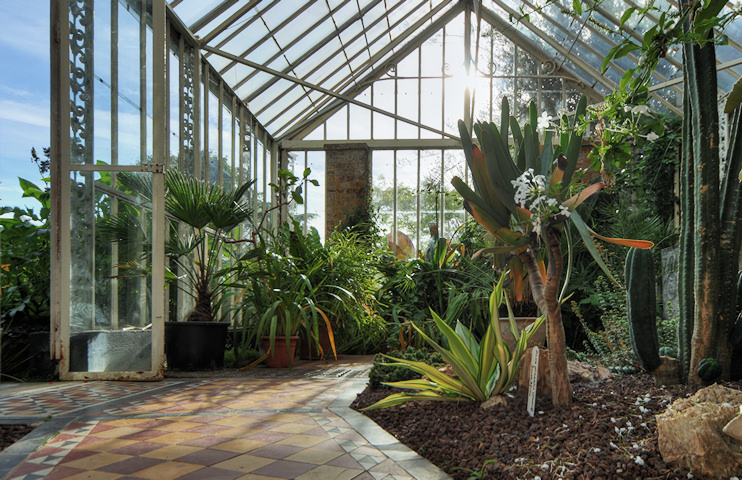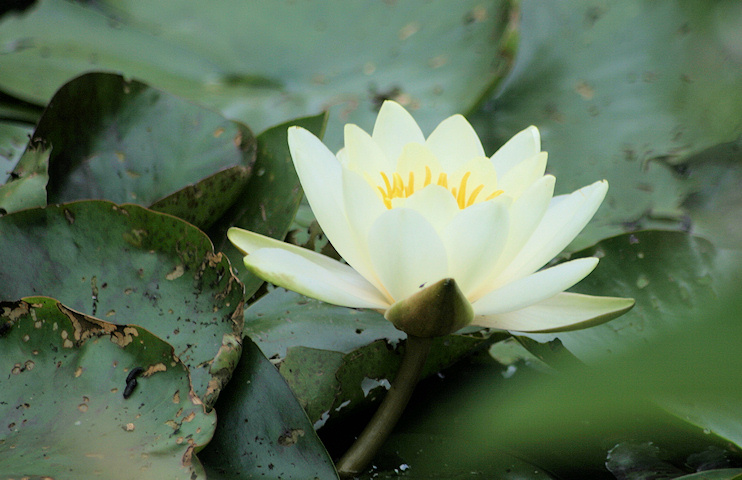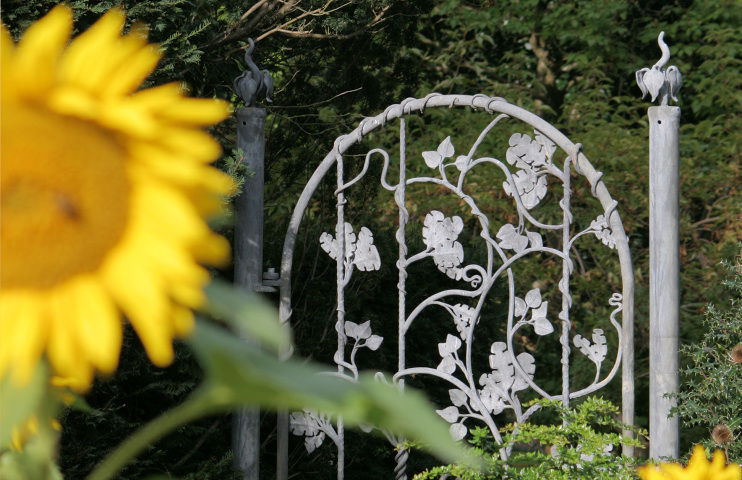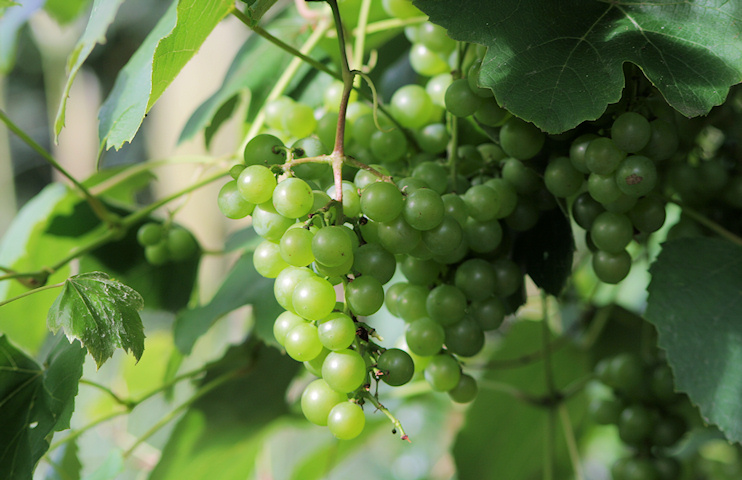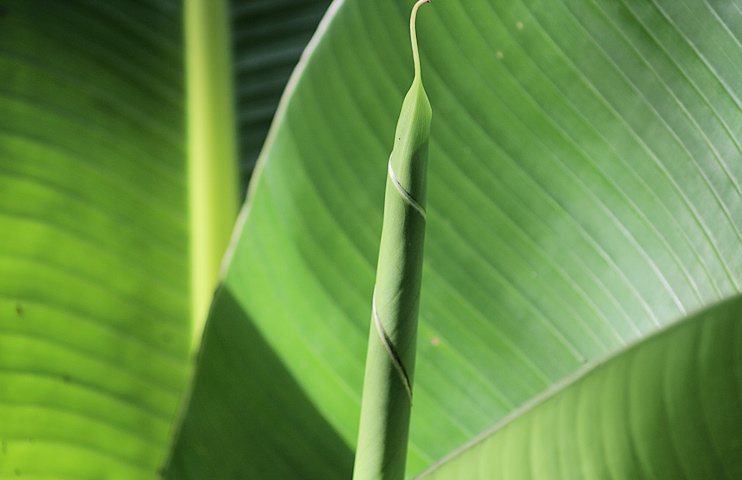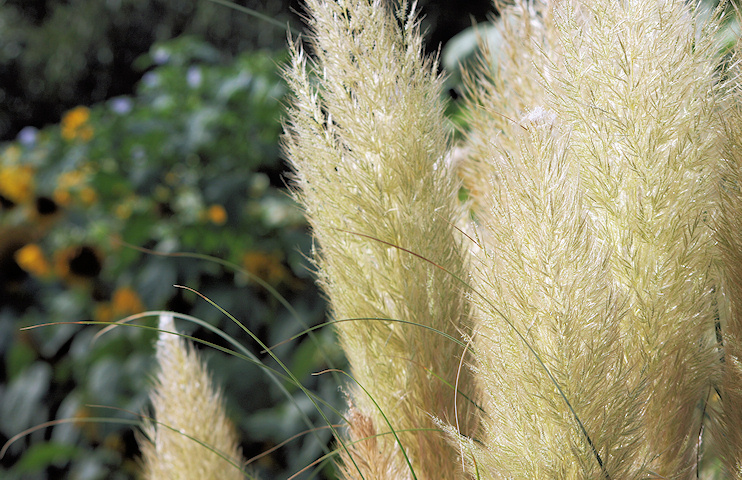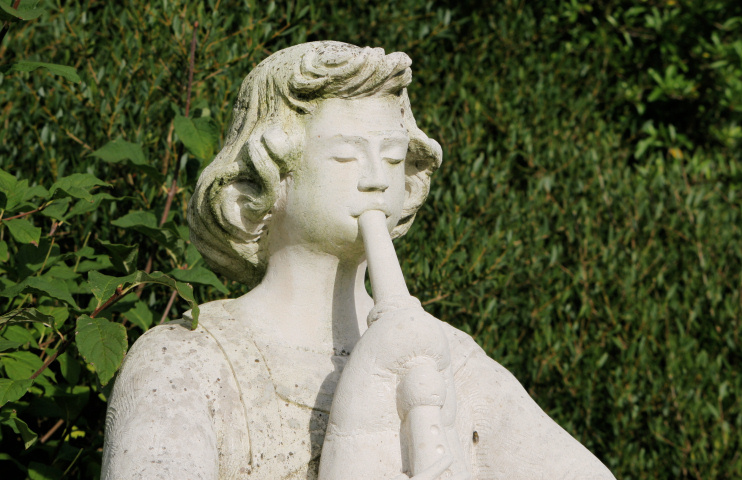Myddelton House Gardens
‘Holy ground for plantsmen’
Myddelton House Gardens, Bulls Cross, Enfield
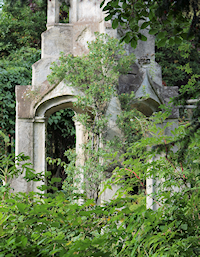
Named after the creator of the nearby New River, Myddelton House was built in 1818 for Henry Carington Bowles, who was one of five generations of printsellers based at St Paul’s Churchyard. The house replaced an Elizabethan property in which Bowles had lived with his wife, who died in 1812.
Edward Augustus ‘Gussie’ Bowles was born at Myddelton House in 1865 and he inherited the estate in 1918 – by which time he had already been busy in the gardens for around two decades. The overall design, pond, paths and much of the structural planting pre-date his work.
The pond had been created by the extraction of gravel that made the mound on which the house stands and Bowles kept it topped up by diverting water from the New River. The river once flowed through the middle of the gardens and its old course is now a curving lawn.
EA Bowles is often referred to as a ‘plantsman’ – a skilled (but usually amateur) horticulturalist whose main concern is with cultivating a wide and often esoteric variety of plants rather than contriving a picture-perfect garden (though Hidden London finds Bowles’s luxuriant plantation more beautiful than any number of manicured flowerbeds).
After his father’s death, Bowles felt able to indulge his quirkier fancies, devising areas such as ‘Tom Tiddler’s Ground’ – for plants with silver or gold variegated foliage – and the ‘Lunatic Asylum’, which he filled with botanical oddities, including contorted varieties like corkscrew hazel. Continental plant-hunting holidays inspired him to create an ‘Alpine Meadow’, carpeted with snowdrops, fritillaries, daffodils and his particular favourite: crocuses.
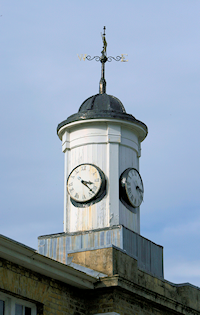
He brought decorative features here from neighbouring parts of what is now north-east London, including a well bore from Whitewebbs pumping station, a diamond-shaped brick pier from Enfield’s Gough Park, the trunk of a fossilised tree found during the excavation of the King George V Reservoir at Chingford and the stone cross that stood in Enfield market place from 1826 to 1904.
EA Bowles died in 1954, within a few days of his 89th birthday. In accordance with his wishes, the house and its grounds were transferred to the Royal Free Hospital School of Medicine and the University of London’s School of Pharmacy. Medicinal plants were experimentally cultivated in the gardens and greenhouses, while the fields beyond became a sports ground.
In 1968 Myddelton House became the headquarters of the recently established Lee Valley regional park authority. The authority made valiant efforts to look after the gardens but parts were neglected until the award of heritage lottery funding in 2009 permitted their restoration.
The kitchen garden, peach house and Victorian glasshouse range are among the features that have been brought back into full use. The stable block now accommodates a reception area, shop, tea room and a small exhibition devoted to the life and work of EA Bowles.
London has many delightful gardens, from Chelsea Physic Garden to incomparable Kew, in the grounds of palaces and stately homes and corners of public parks. In their own special way – as the realisation of one man’s imaginative vision – Myddelton House Gardens are right up there with the best of them.


